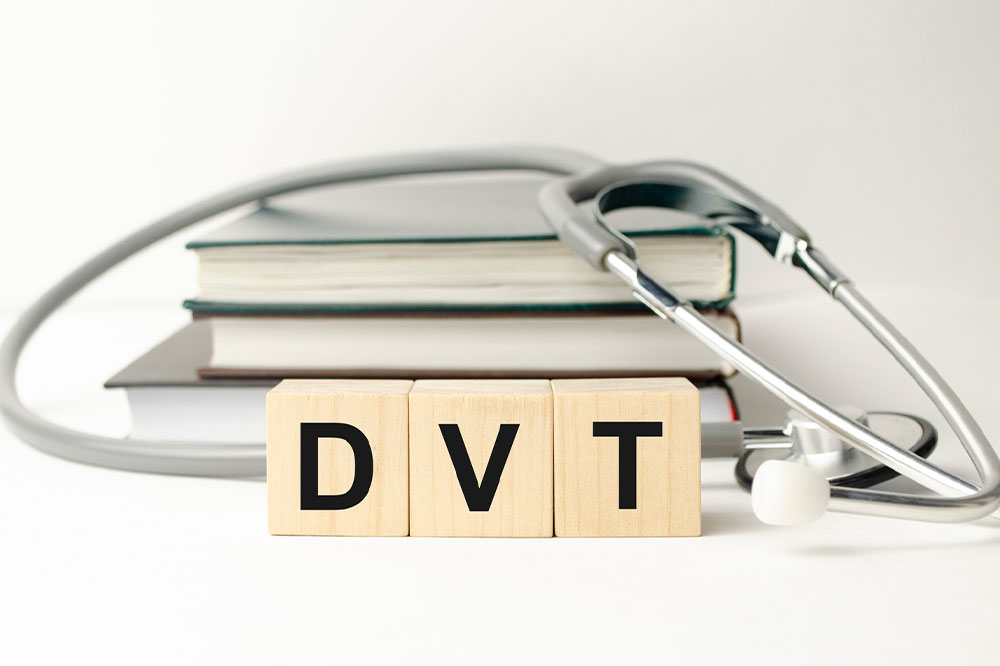3 warning signs of deep vein thrombosis

Deep vein thrombosis (DVT) is a disorder that develops when a blood clot (thrombus) forms in one or more deep veins in the body, usually in the legs. People with the condition experience leg pain and swelling. Doctors may recommend prescription options, compression stockings, or surgery as treatment options. Although treatable, the disorder can lead to serious complications if it remains undetected. So, here are a few warning signs of DVT:
Swelling
Swelling, the most common warning sign of DVT, affects approximately 70% of patients. If the DVT develops in the thigh or calf, the swelling is limited to the area of the blood clot. However, if the clot develops in the pelvic region, both legs may have significant swelling.
Leg pain
About 50% of people with DVT experience leg pain. The pain can be moderate to severe and is independent of the size of the blood clot. The pain here, which may feel more like a cramp, is usually felt in the calf muscles or along the vein as it travels down the inner thigh.
Changes in skin
The skin around the affected area may appear red or discolored. Additionally, the region may feel warmer than the rest of the body. Some may feel pain as they flex their feet and bring their toes up.
Risk factors
DVT is common in people over the age of 60. Long periods of driving or traveling (especially flying) with little to no leg movement can reduce muscle contraction and increase the risk of this illness. Certain cancers also increase the formation of blood clots. Further, blood clots may develop due to DNA changes in the body.
Prevention
A few lifestyle changes may help prevent deep vein thrombosis. If one has undergone surgery, they should try moving their legs as soon as possible based on the doctor’s guidance. For uninterrupted blood flow, one should avoid crossing their legs while sitting and take frequent breaks to stretch the legs while traveling. An increase in body mass is also a risk factor, so one should aim for at least 30 minutes of moderate physical activity per day.